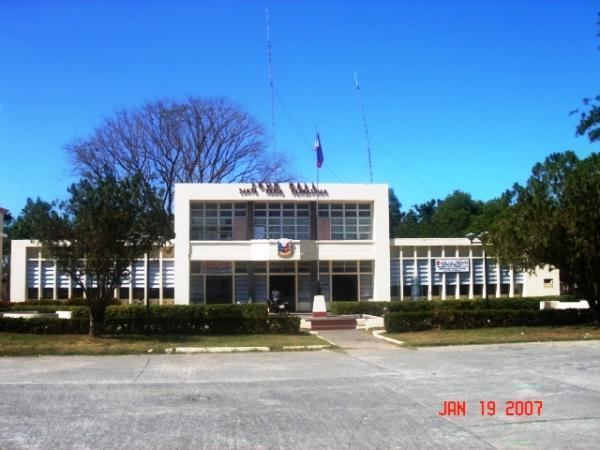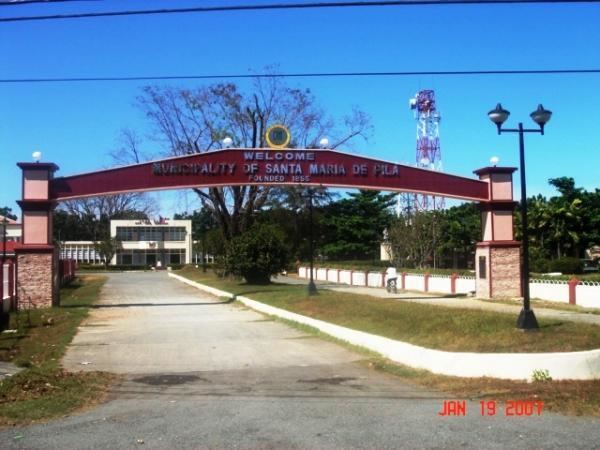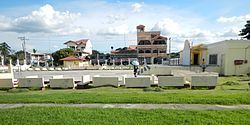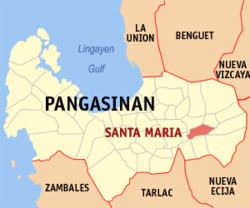Country Philippines Barangays ZIP code 2440 Province Pangasinan | Region Ilocos (Region I) Time zone PST (UTC+8) Area 69.5 km² | |
 | ||
District 6th district of Pangasinan Weather 32°C, Wind SE at 10 km/h, 59% Humidity | ||
Santa Maria is a 4th class municipality in the province of Pangasinan, Philippines. According to the 2015 census, it has a population of 33,038 people.
Contents

Barangays
Santa Maria is politically subdivided into 23 barangays.
History
Sta. Maria was formerly a barrio of the municipality of Tayug.

Sta. Maria was founded on January 10, 1855 and was governed by a Captain until 1863. In 1864 Sta. Maria was incorporated into the municipality of Tayug due to Sta. Maria's inability to maintain its financial stability. In 1877 the inhabitants of Sta. Maria applied for separation, as a distinct municipality, from the municipality of Tayug. The application was granted and Sta. Maria, again became a town under the governance of Captain Eugenio Vinluan.

In 1903, the Americans arrived in Sta. Maria and their rule began. In 1901 there was an election for the president of Sta. Maria. This was during the United States military government of the islands. The President was given a two years term, due to his good administration.

Again, in 1903, Sta. Maria was incorporated into the town of Tayug. for financial reasons, as before, but in 1907 a special election was held for the purpose of returning all small municipalities that had incorporated with bigger towns. Don Alejandro Gonzales was then elected president and served until 1910 when he was succeeded by Don Mariano de Guzman who served to 1912. From this date, to the present, the different successions of presidents, alcaldes and mayors had occurred all over the islands.
For many years, during the Spanish Regime, religion was the basis of educating the masses. From time to time missionaries of different orders were sent out to Sta. Maria to carry out religious services as required of them. It was during the routine visit of a certain priest from the town of Asingan, which was then the most eastern town of the province of Pangasinan, who had extended his mission farther into the east and came to a village. The village was located on a plain in which the Agno River ran and which with a little effort could be irrigated. The missionary believed that the village could be developed into a prosperous community. Finding the residents to be hospitable, he chatted with them and, in the course of conversation, he thought of giving the place a name. Since it was the Virgin Mary's Day, he called the people of the village to him and with a simple but impressive solemnity proclaimed this place as Sta. Maria on this, the Virgin Mary's day.

In the course of time prominent people improved the locality and transferred the town site from Namagbagan, which is now a barrio of the municipality, to its present site near a clay promontory where it formed an impregnable defense against the yearly erosion of the Agno, thus annexing "De Pila" to the original name and making Sta. Maria de Pila its final name, a name which is known beyond the confines of the province of Pangasinan.
